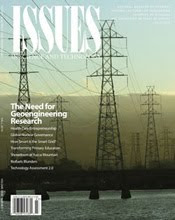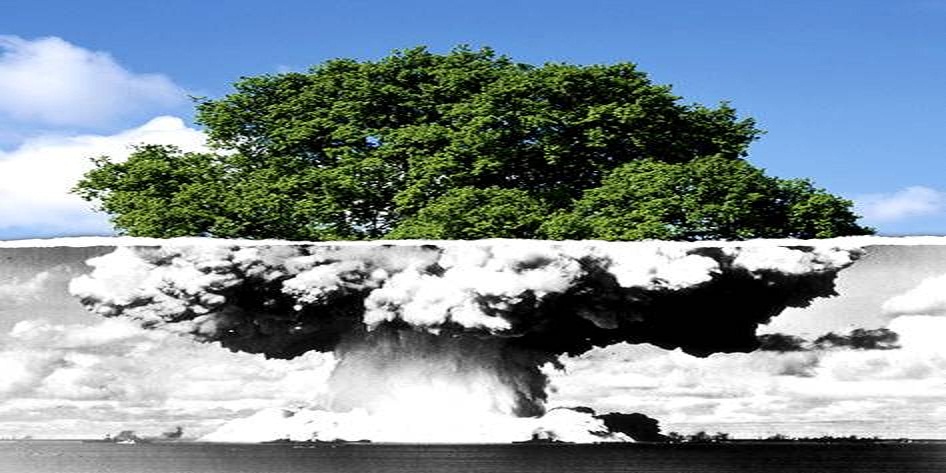About that Showdown at Yucca Mountain
 Issues in Science and Technology is a quarterly publication put out by theNational Academy of Sciences, and in its newest issue, out this week, Luther Carter, Lake Barrett, and Kenneth Rogers author a critique of the Obama administration for its re-examination of U.S. policy on the back end of the fuel cycle. In fact, the authors of ‘Nuclear Waste Disposal: Showdown at Yucca Mountain’ [subscription required] don’t acknowledge the legitimacy of the Blue Ribbon Commission on America’s Nuclear Future. The essay is a political polemic, and it fails to recognize the strategic advantages associated with centralized long-term management of used nuclear fuel.
Issues in Science and Technology is a quarterly publication put out by theNational Academy of Sciences, and in its newest issue, out this week, Luther Carter, Lake Barrett, and Kenneth Rogers author a critique of the Obama administration for its re-examination of U.S. policy on the back end of the fuel cycle. In fact, the authors of ‘Nuclear Waste Disposal: Showdown at Yucca Mountain’ [subscription required] don’t acknowledge the legitimacy of the Blue Ribbon Commission on America’s Nuclear Future. The essay is a political polemic, and it fails to recognize the strategic advantages associated with centralized long-term management of used nuclear fuel.Is U.S. policy on the back end of the fuel cycle ideal? Absolutely not. The United States needs a path forward for the long-term management of high-level radioactive waste from civilian and defense programs, but new nuclear plants will or will not be built on electricity demand fundamentals, not the political football that has been, and to some extent remains, Yucca Mountain. States have moratoria on building new nuclear plants by virtue of the government not having a repository for used nuclear fuel disposal, but there is widespread reconsideration of that ban in a number of those states. Alaska earlier this year overturned its moratorium. Industry’s safe and secure management of commercial reactor fuel is playing a role in this reconsideration by state legislatures.
There’s no denying that the back end of the nuclear fuel cycle is in a state of flux from a federal policy perspective. The future of Yucca Mountain is questionable; meanwhile, the administration’s Blue Ribbon Commission on America’s Nuclear Future is examining a range of policy options.
What is certain in policy consideration is that we will be securely storing used fuel in above-ground facilities for an extended period of time.
The nuclear energy industry supports a three-pronged, integrated used fuel management strategy:
- managed long-term storage of used fuel at centralized, volunteer locations;
- research, development and demonstration of advanced technology to recycle nuclear fuel;
- and development of a permanent disposal facility
The Blue Ribbon Commission must take the next step, and recommend forward-looking policy priorities for used fuel management. To date, the commission has demonstrated an awareness of the importance and magnitude of its task. The challenge is to recommend a used fuel management policy that can stand the test of time and enable the nation to take full advantage of the largest source of low carbon electricity.
- Everett Redmond, Director, Nonproliferation and Fuel Cycle Policy, NEI

0 comments:
Post a Comment